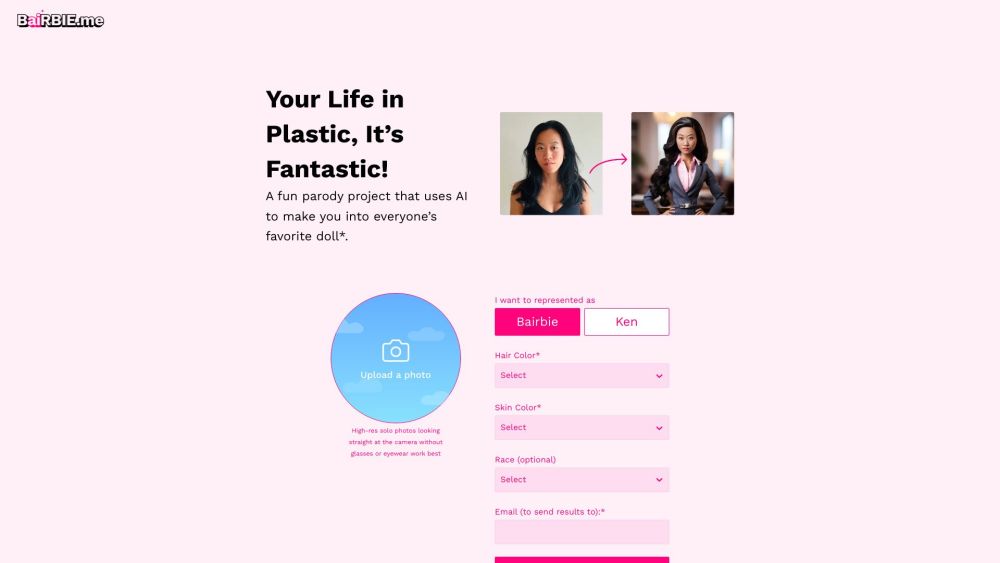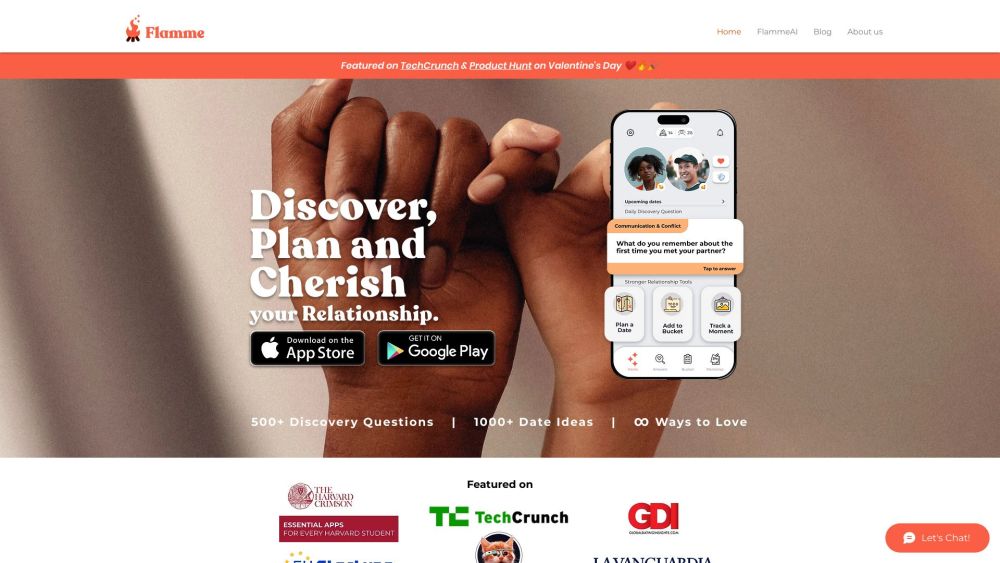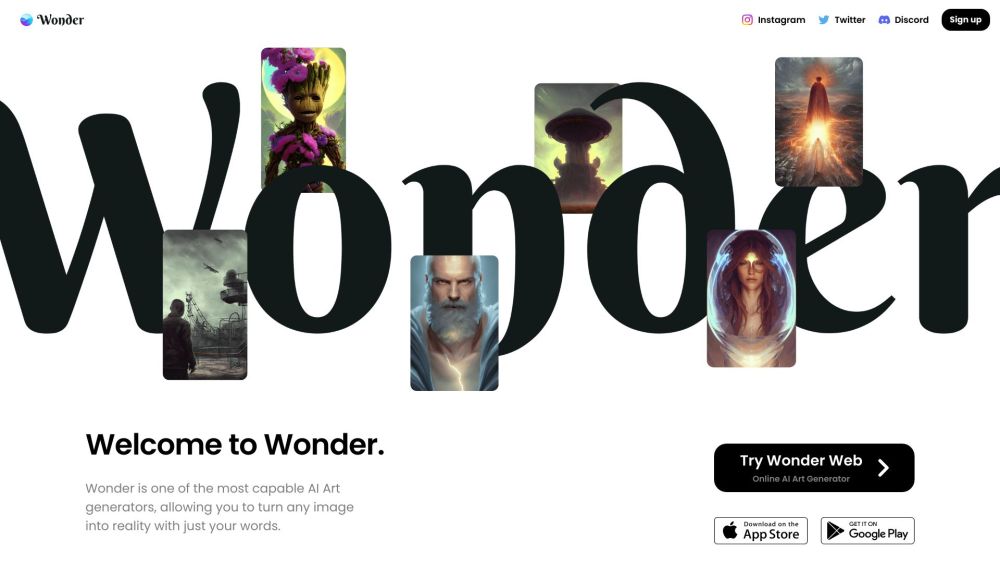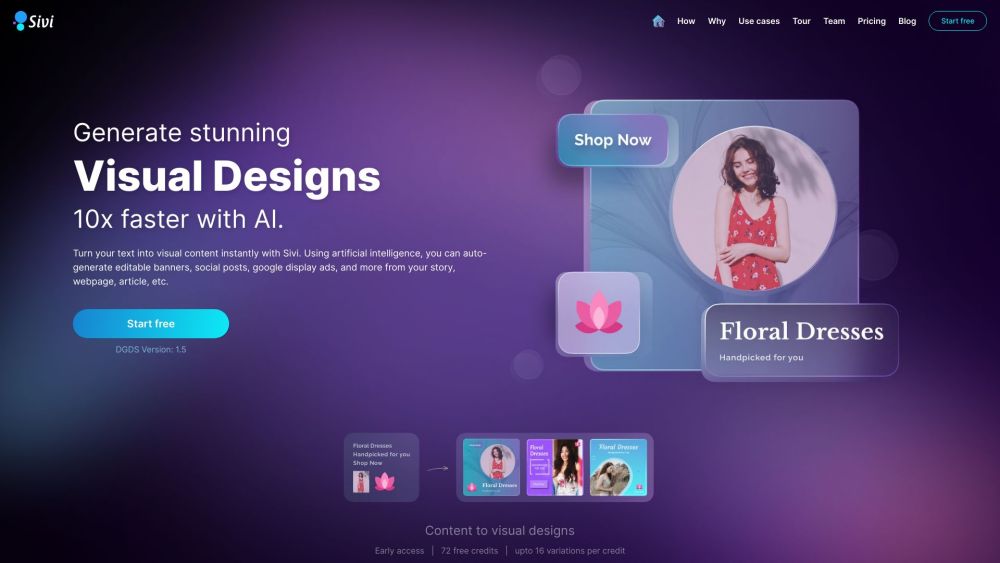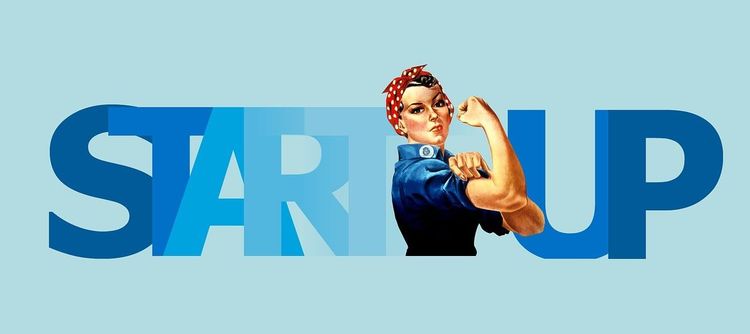The Evolution of Dance: Can AI Join the Performance?
Every culture throughout history has embraced dance as a fundamental form of expression. Whether you're tapping your toe, performing hip-hop moves, or executing a graceful pirouette, dance is an art uniquely tied to the human experience. However, this exclusive realm may soon see competition from artificial intelligence, as Facebook AI works on an innovative project to enable machines to dance.
In a recent study, Facebook's AI research team explained their approach: “We aim to create engaging choreographies by combining human intuitions of appealing dance with machine optimization techniques.” This isn't the first attempt to teach AI to dance. In 2016, Swedish choreographer Louise Crnkovic-Friis and her husband, Luka Crnkovic-Friis, developed a recurrent neural network named Chor-rnn, trained on 48 hours of Louise's movements, allowing it to choreograph new routines in her style. Similarly, in 2017, Wayne McGregor, resident choreographer at the Royal Ballet, collaborated with Google Arts & Culture to create AI capable of interpreting and expanding his dance movements based on extensive training data.
Previous AI models primarily mimicked the dance styles they were trained on, generating choreography based on observed movements rather than creating original pieces. For instance, a model trained on classical music wouldn't generate the funky disco moves characteristic of that genre. In contrast, Facebook’s AI offers a more versatile approach.
According to Facebook AI researcher Devi Parikh, the team aimed “to discover something novel rather than simply mimic existing choreography.” The AI was guided by broad constraints, ensuring its movements aligned with the provided music without imposing rigid guidelines on their structure.
The research team — including Purva Tendulkar from Georgia Tech, Abhishek Das from Facebook AI, and Aniruddha Kembhavi from the Allen Institute for AI — trained their system using 25 ten-second clips from 22 diverse songs, ranging from traditional African and Chinese music to contemporary rock and jazz. The methodology involved computing a matrix that identifies musical similarities over time, allowing them to search for dance sequences that mirrored these patterns.
The resulting dance animations may resemble a Winamp visualizer more than conventional dance routines, displaying as dots moving along straight lines, pulsating waves, or simple stick figures. Creativity was assessed through various criteria, with movements deemed less creative if they were predictable or misaligned with the music.
To evaluate the generated dances, the team employed Amazon Mechanical Turk workers who compared pairs of dances based on how well they matched the music and their overall creativity.
While still in its infancy, the project holds significant potential. Parikh envisions a future where a neural network could generate dance routines directly from music inputs, streamlining the creative process. “Creativity is often considered the 'holy grail' of AI, reflecting what makes us uniquely human,” she concluded. “Through AI, we can enhance human creativity, making the artistic process more engaging and satisfying.”
By exploring the intersection of technology and dance, this research paves the way for a more innovative future in the arts.
